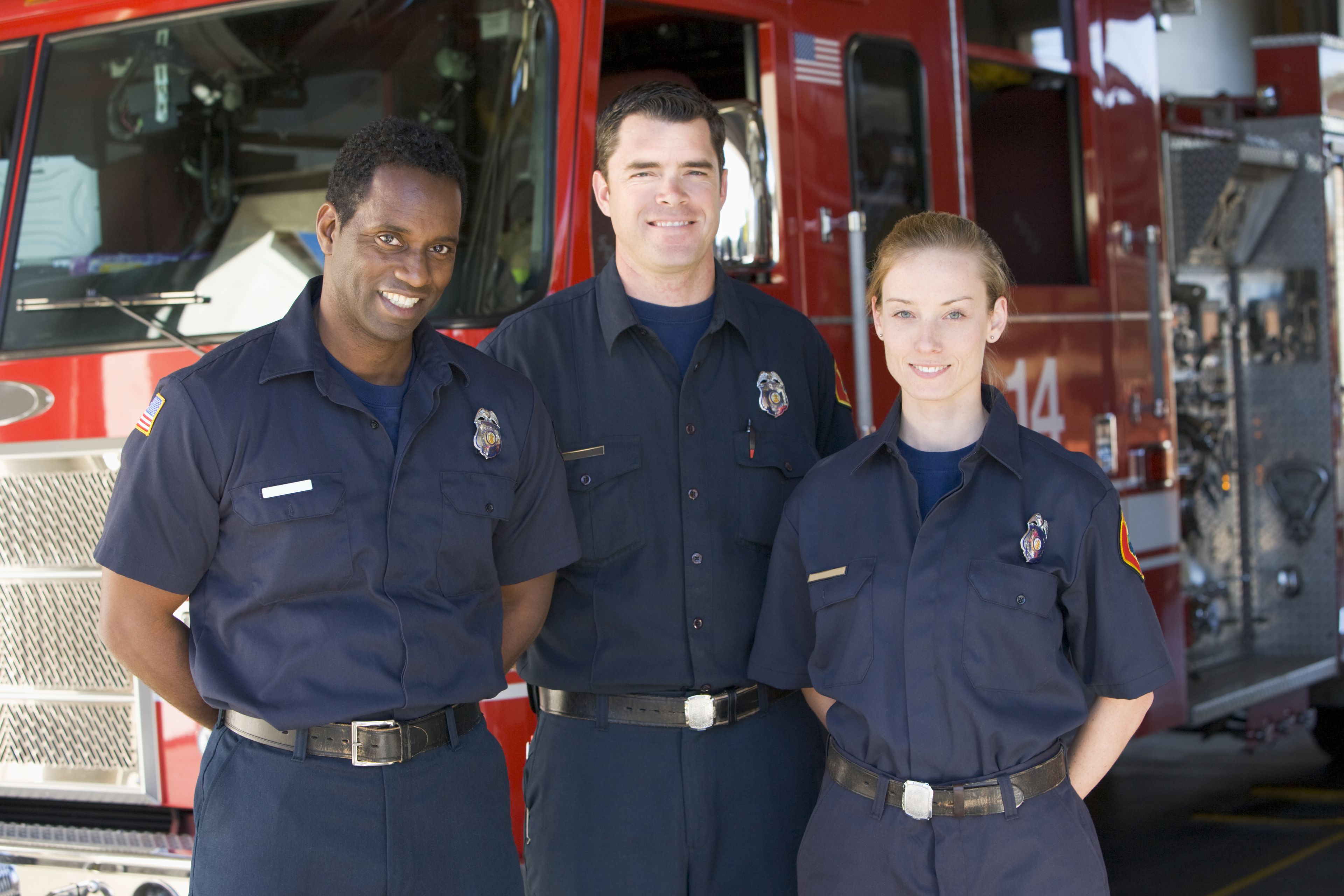
Careers
Firefighters and EMTs - Burn Prevention and Response Specialists
Firefighters and EMTs (Emergency Medical Technicians) protect communities by preventing fires, responding to emergencies, and mitigating the impact of burn injuries. Their work blends frontline response, public education, and collaboration with burn care teams to save lives and support recovery.
Explore Membership
Typical Work Environments
Municipal and regional fire and EMS departments
Specialized burn prevention units or community risk reduction teams
Schools and community groups for public education
Collaboration with hospital burn centers, trauma teams, and burn survivor networks
Key Responsibilities
Respond quickly to fire, medical, and rescue emergencies
Provide emergency medical care and stabilization as EMTs or paramedics
Educate the public on fire safety and burn prevention
Inspect buildings and enforce fire codes
Partner with burn centers on survivor outreach and recovery programs
Participate in ongoing training and skill development
Maintain firefighting, EMS, and rescue equipment
What Makes a Successful Firefighter and EMT?
Preventing burn injuries saves lives and eases suffering before a patient ever reaches the hospital. Firefighters and EMTs specializing in prevention and response bridge the gap between emergency care and long-term community safety.
ABA Membership Benefit for Firefighters and EMT
Evidence-based burn prevention toolkits and public education resources
Networking with burn care professionals, trauma teams, and survivor advocates
Discounts on Advanced Burn Life Support® (ABLS) and specialized courses
Opportunities to join the ABA Burn Prevention Committee’s initiatives
Resources to build and expand local burn prevention and community risk reduction programs
Learn More
This work is about more than emergencies — it’s about protecting people before, during, and after. The ABA’s prevention tools, and professional network help us make our communities safer every day.